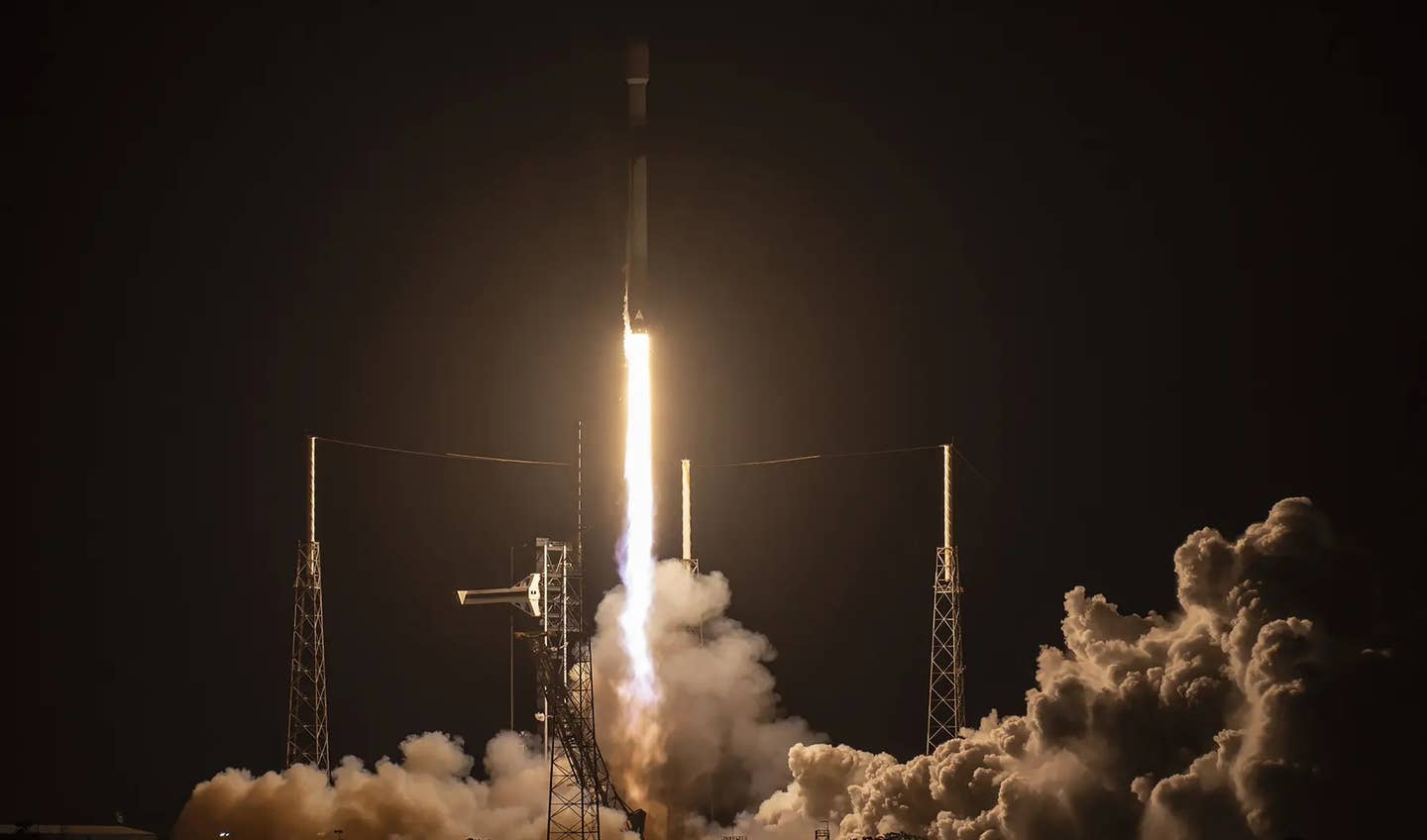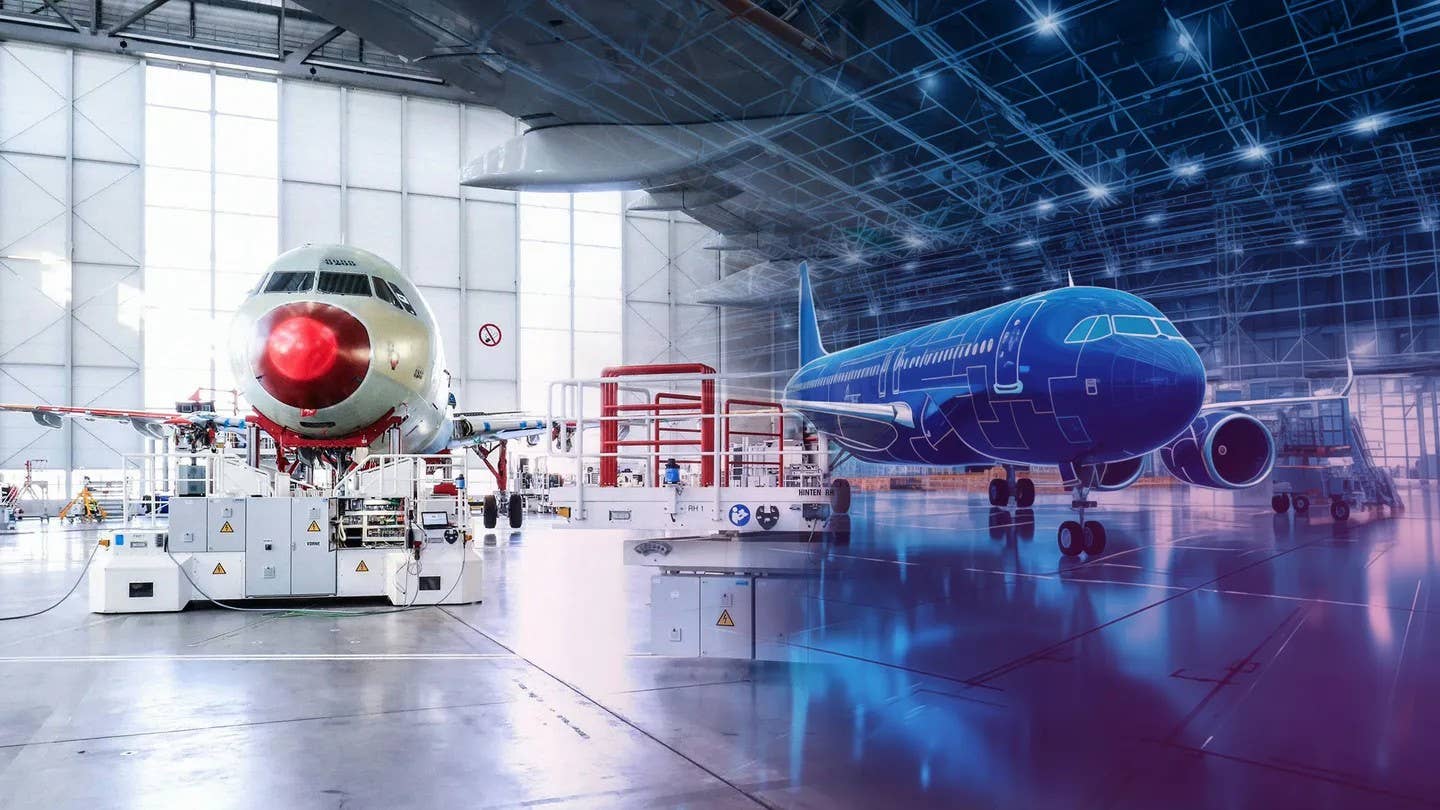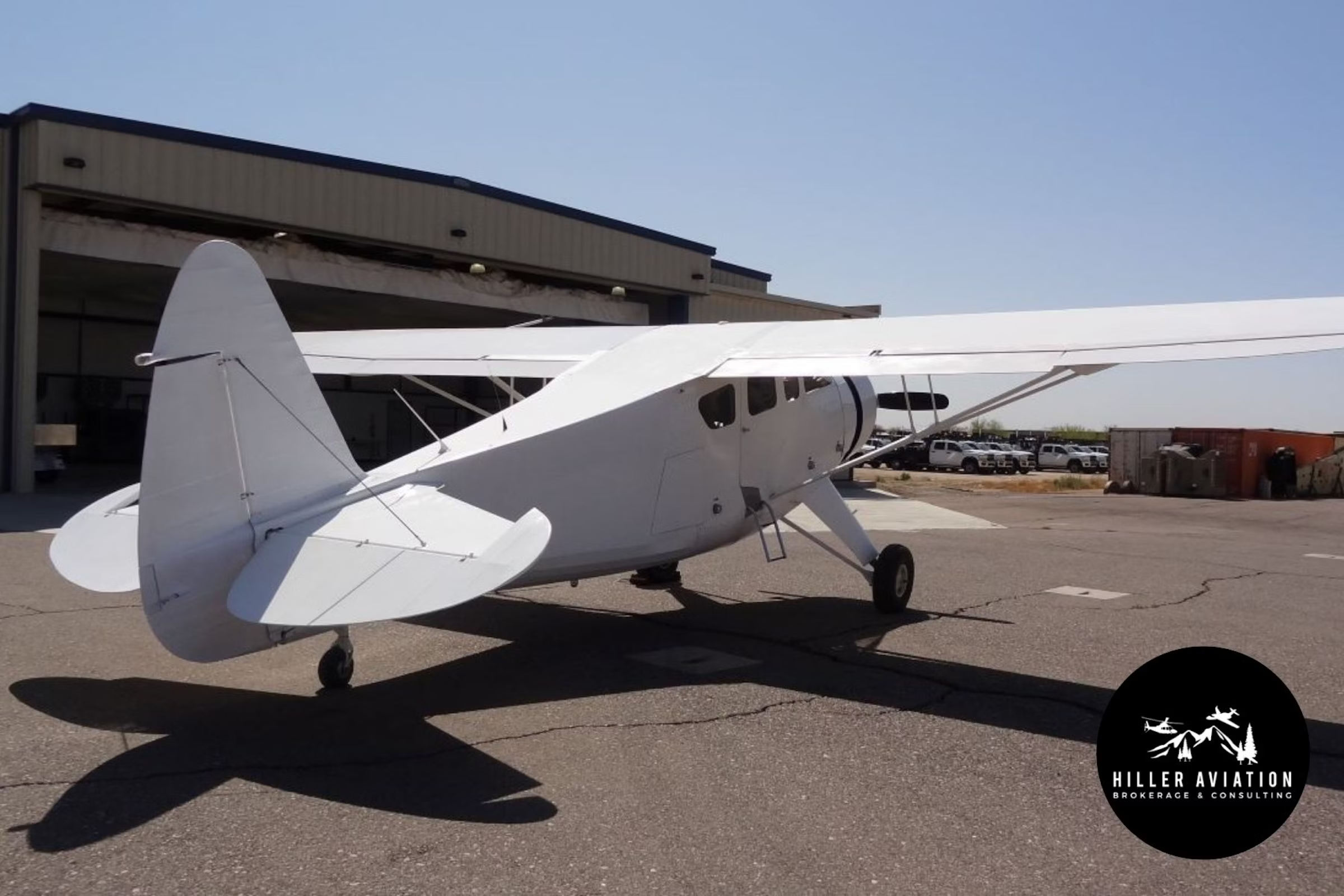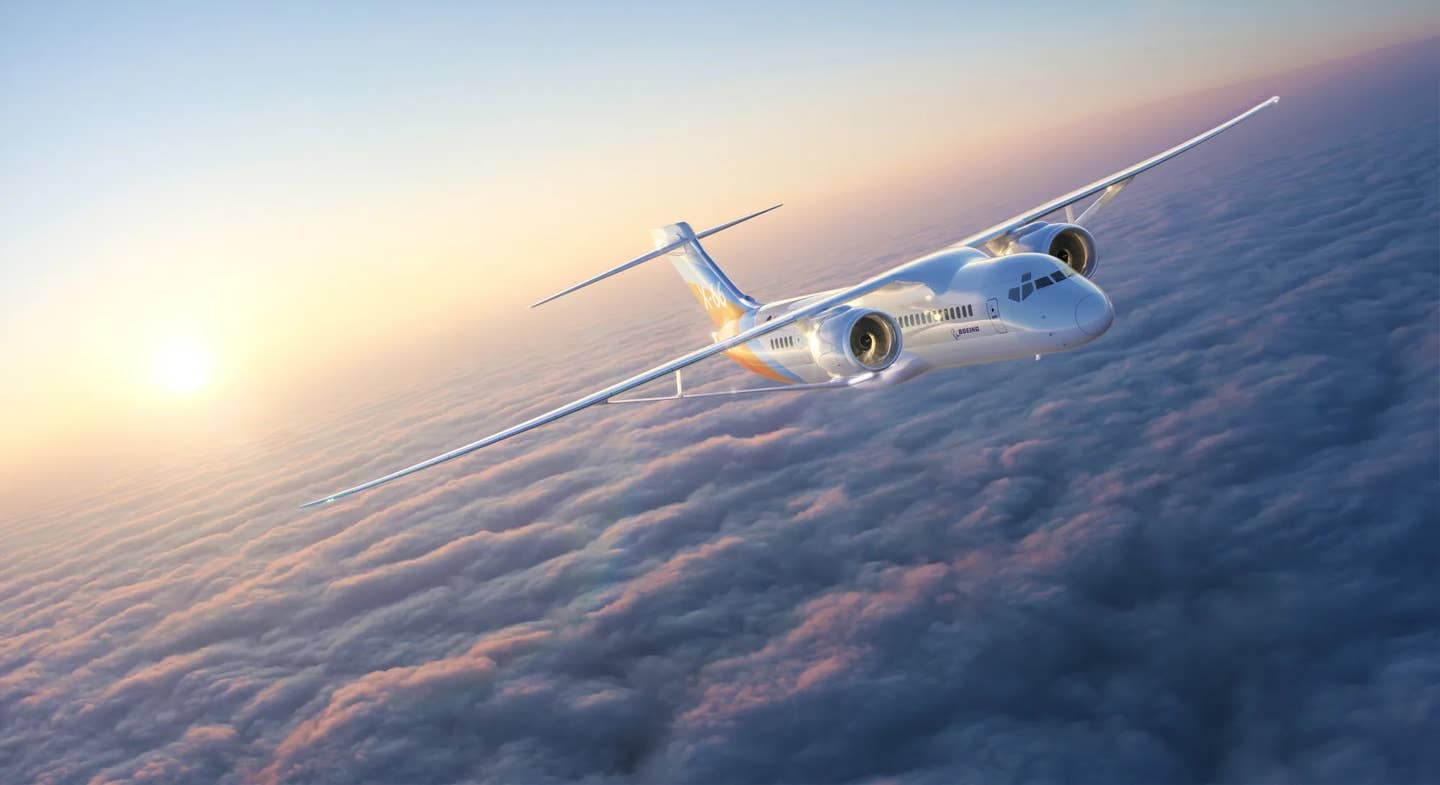ULA Pushes Back on Warning to NASA to Halt Boeing Starliner Launch
A former contractor of Boeing valve supplier Aerojet Rocketdyne is urging the space agency to “redouble” safety checks before attempting another launch.
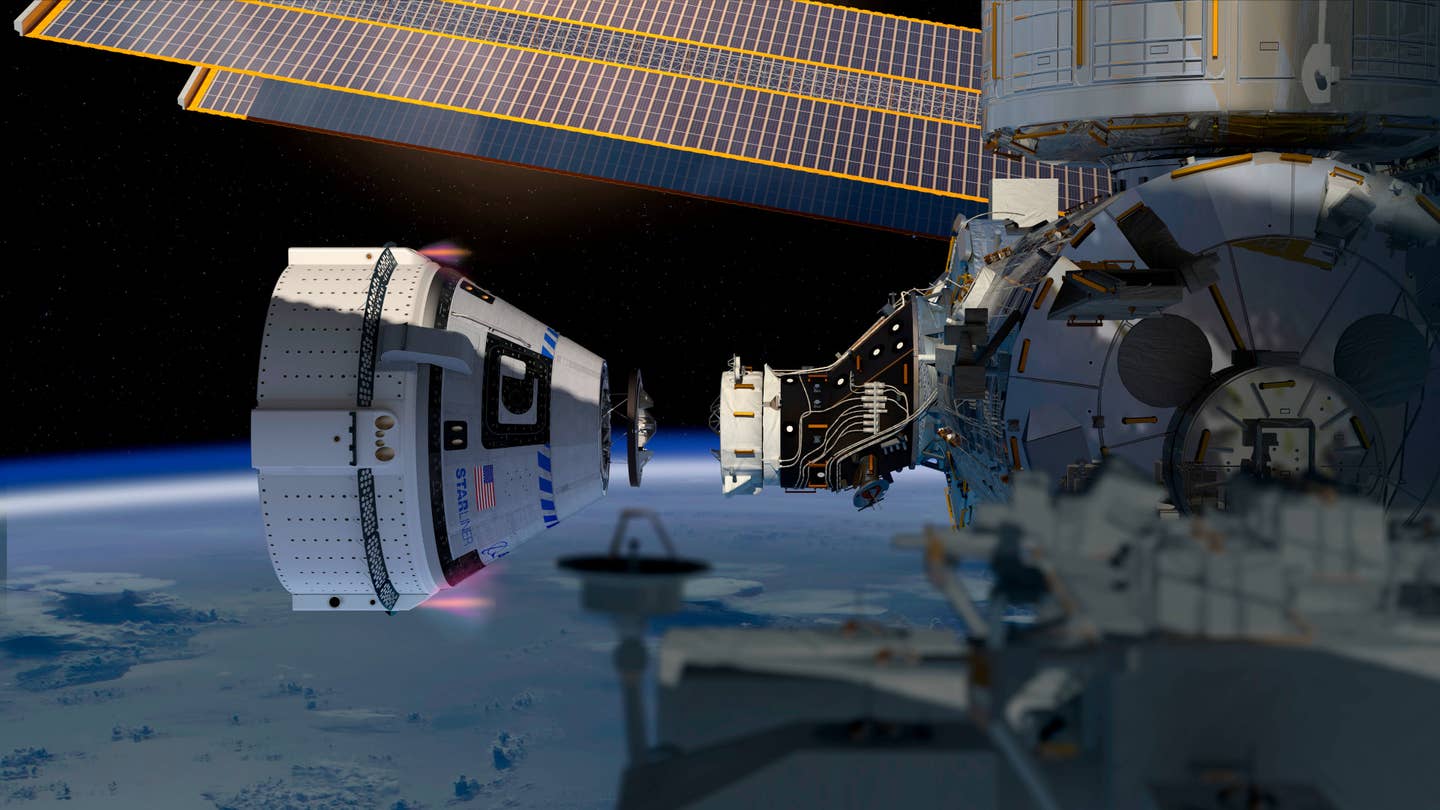
Boeing’s Starliner capsule docks with the International Space Station for the first time during an uncrewed flight test in May 2022. [Courtesy: Boeing]
There’s a new layer to the prelaunch buzz surrounding the inaugural crewed flight test (CFT) of Boeing’s Starliner spacecraft.
ValveTech, a manufacturer previously hired by Boeing supplier Aerojet Rocketdyne to build valves for Starliner’s propulsion system, is warning NASA to “immediately halt” the spacecraft’s first crewed launch, which may come as early as Friday.
The company—which sued Aerojet in 2017 alleging a violation of nondisclosure agreements (NDAs) and misuse of trade secrets—urged the space agency to “redouble safety checks and re-examine safety protocols” before the mission, which was scrubbed on May 6 due to a valve issue.
The faulty valve was located on United Launch Alliance’s (ULA) Atlas V rocket, which will launch Starliner into orbit. Tory Bruno, president and CEO of ULA, addressed ValveTech president Erin Faville’s comments directly in a post on social media platform X.
“Not sure what to say about this one,” Bruno wrote. “Close to none of it is correct: Not urgent. Not leaking. Etc. Remarkable that the particular person quoted doesn't seem to know how this type of valve works…”
ValveTech says it supplies 14 valve components to Starliner vendors, but ULA tells FLYING it is not one of them. ValveTech did not immediately respond to FLYING’s request for comment.
Starliner has been described by NASA as a redundant alternative to SpaceX’s Crew Dragon capsule, which so far has flown eight Commercial Crew astronaut rotation missions to the International Space Station (ISS). Starliner, similarly, was designed as a reusable spacecraft to ferry astronauts to low-Earth orbit destinations.
The Starliner CFT, which had already been delayed several times, was scrubbed earlier this month due to an oscillating pressure regulation valve on the Atlas V rocket, forcing NASA to push back the launch to no earlier than Friday at 6:16 p.m. EDT.
Although NASA and ULA have already investigated and decided to remove and replace the valve, Faville warned against catastrophe should they attempt another launch.
“As a valued NASA partner and as valve experts, we strongly urge them not to attempt a second launch due to the risk of a disaster occurring on the launchpad,” said Faville. “According to media reports, a buzzing sound indicating the leaking valve was noticed by someone walking by the Starliner minutes before launch. This sound could indicate that the valve has passed its life cycle.”
NASA and ULA made no mention of a leaking valve in their assessments of the incident, saying only that the valve was oscillating abnormally.
“After evaluating the valve history, data signatures from the launch attempt, and assessing the risks relative to continued use, the ULA team determined the valve exceeded its qualification and mission managers agreed to remove and replace the valve,” NASA wrote in a blog post.
Faville later clarified that she is not calling for a permanent end to the Starliner program but rather a more thorough assessment of safety concerns.
“What I said was that NASA needs to redouble safety checks and re-examine safety protocols to make sure the Starliner is safe before trying to launch the Starliner again,” said Faville. “As a valued NASA partner, it would make no sense and not be in my company's interest to end this mission.”
Since parting ways in 2017, ValveTech and Aerojet, a division of defense contractor L3Harris, have been tangled in a prolonged legal dispute. That year, ValveTech filed suit alleging that Aerojet breached NDAs and misused trade secrets in developing the flight valve for Starliner’s service module propulsion system.
In November, the U.S. District Court for the Western District of New York ruled that Aerojet had indeed breached two NDAs—awarding ValveTech $850,000 in damages—but had not misappropriated trade secrets.
According to Payload Space, the company sought further restrictions on Aerojet, but a judge closed the case on May 6.
In its statement regarding the May 6 launch scrub, ValveTech raised concerns about an earlier issue with one of Starliner’s valves. But the events appear to be unrelated.
In August 2021, Boeing scrubbed Starliner’s first uncrewed flight test due to a problem with the spacecraft’s service module propulsion system—the same system ValveTech alleges Aerojet built using trade secrets.
ValveTech alleges that “NASA, Boeing, and Aerojet…qualified this valve for [Starliner CFT] without proper supporting data or previous history or legacy information,” citing witness testimony from its November trial.
However, according to NASA and ULA, the incident on May 6 involved a pressure regulation valve on ULA’s Atlas V rocket—not the service module, which is on the Starliner capsule itself.
“The concerns raised by ValveTech in relation to the Crew Flight Test (CFT) mission are not applicable to the pressure regulation valve with off nominal performance during the first launch attempt,” a ULA spokesperson told FLYING.
ValveTech and Faville’s comments appear unlikely to deter NASA and Boeing from attempting a second Starliner CFT launch as early as Friday.
The companies have a $4.2 billion contract that includes six Commercial Crew rotation missions to the ISS on an unspecified timeline. SpaceX’s Crew Dragon already fills that role for the space agency. But NASA hopes to put a second spacecraft in the rotation for redundancy in the case of a contingency.
Safety, of course, remains a priority for the space agency. But with the program now several years behind schedule and an estimated $1.5 billion over budget, stakeholders will be eager to see Starliner fly with a crew as soon as possible.
Like this story? We think you'll also like the Future of FLYING newsletter sent every Thursday afternoon. Sign up now.

Sign-up for newsletters & special offers!
Get the latest FLYING stories & special offers delivered directly to your inbox

